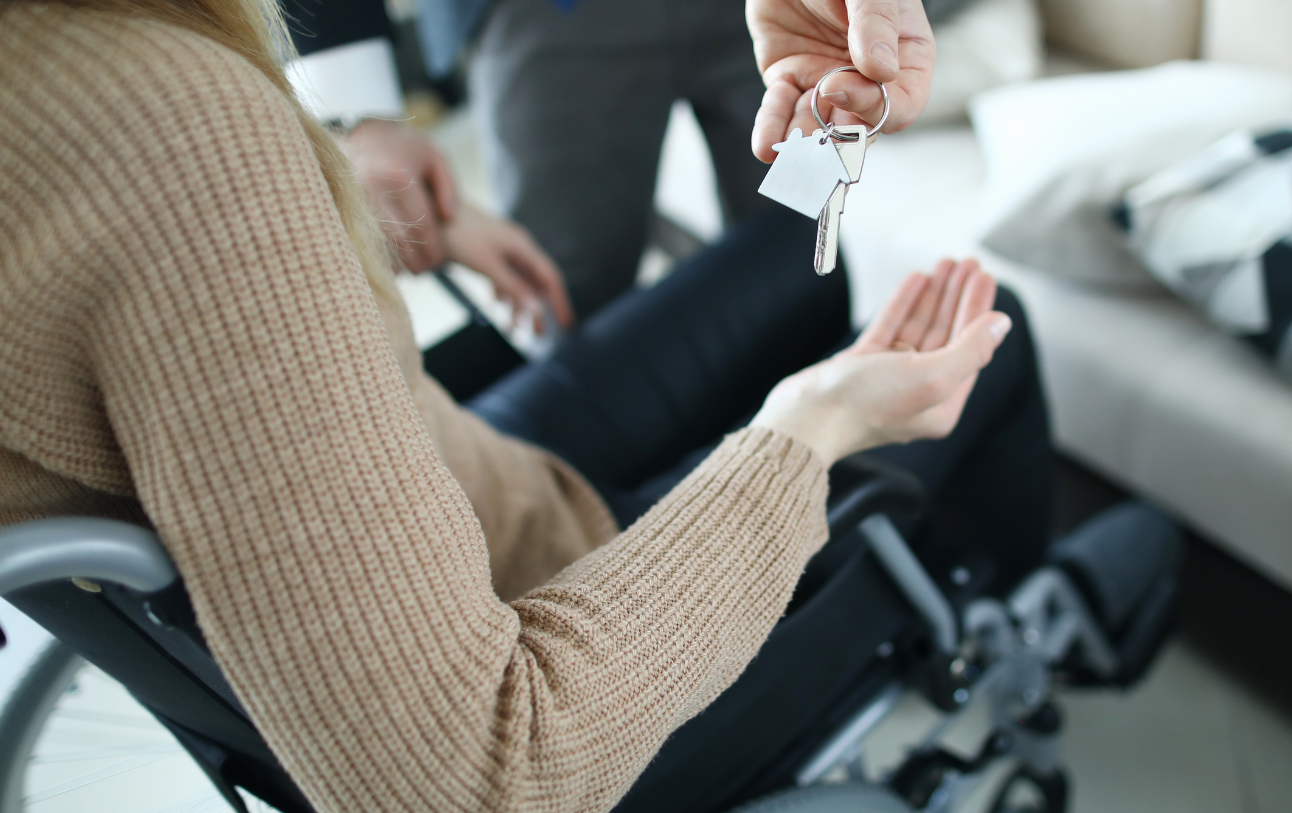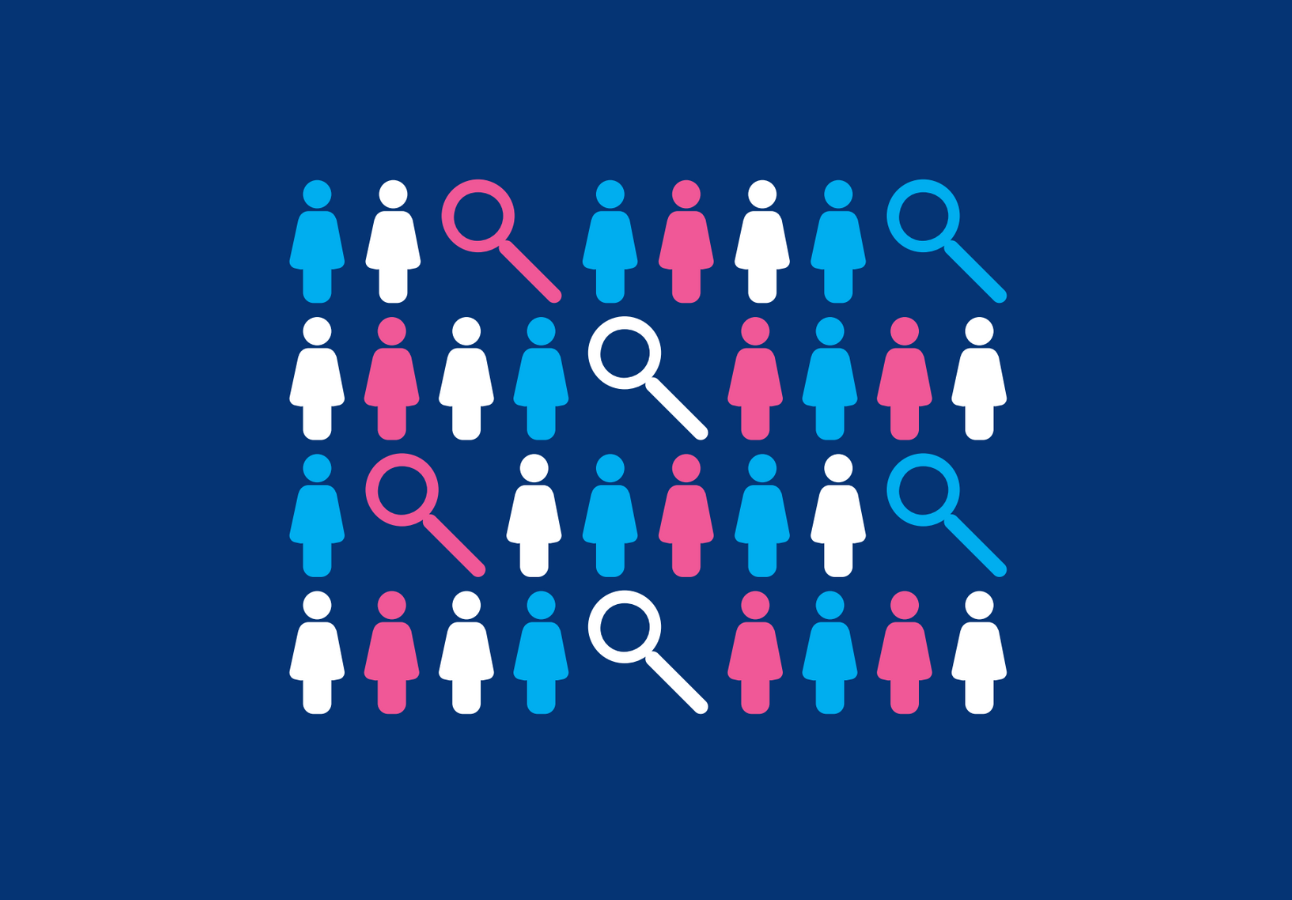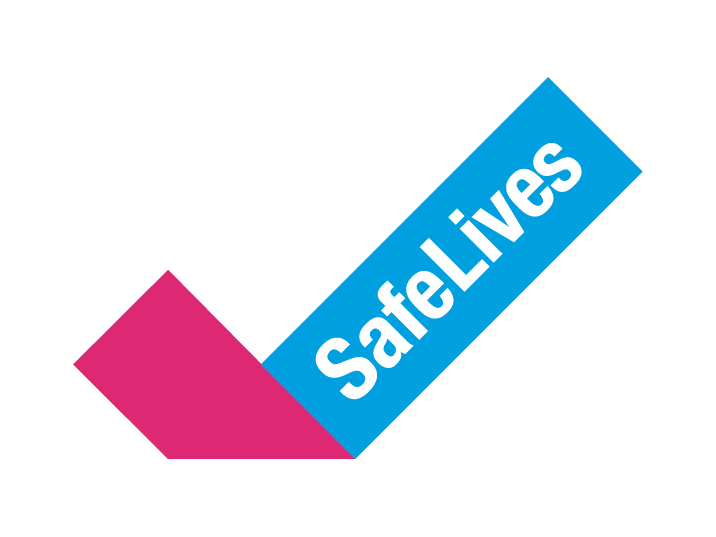
Understanding disabled women’s experiences of domestic abuse
Dr Ravi K. Thiara is a principal research fellow at the Centre for the Study of Safety and Wellbeing, University of Warwick. In this blog she discusses how the concept of intersectionality can help us to understand the ways in which disabled women experience domestic abuse, and how services can help to remove barriers to access.
Gender and disability affect the risk of domestic violence and abuse (DVA) and how it is experienced in our society. Research in the UK, albeit limited, and elsewhere makes the consistent suggestion that disabled women are more likely to experience DVA and that they endure DVA which is more severe, more frequent and lasts for longer periods. They are also subjected to DVA in additional ways, where disability specific abuse leads to increased power and control, which multiplies the vulnerability and isolation they are likely to experience. These factors combine to create greater barriers to escape. According to Public Health England (2015), 15.7% of disabled women had experienced DVA in the last year compared to 7.1% of non-disabled women (8.4% of disabled men had experienced this compared to 4% of non-disabled men).
It is often said that the way in which we understand an issue affects the solutions we seek for it. In explaining DVA in disabled women’s lives, both the ‘social model’ and the concept of ‘intersectionality’ are particularly helpful.
The ways in which disability is defined and explained remain highly contested. However, the social model, developed by disability activists to contest the medical model which held sway for many years, argues that disability is socially constructed and the problems experienced by disabled people result from socially disabling attitudes and practice, which aggravate the impact of a person’s physical condition. Thus, disability is the interaction of the impairment with social and environmental restrictions and the way that society is organised, not the impairment itself, excludes disabled people from full participation in society.
Intersectionality refers to a way of understanding the interconnected nature of the social categories of gender, race, class, age, and dis/ability, which create unique and complex experiences of oppression and discrimination and of power and privilege. This intersection is key to understanding both the positioning of groups in society as well as individual experiences, which are complex and contradictory.
For example, knowing that a woman lives in a sexist society is not enough to describe her experiences and we have to also consider her race/ethnicity, dis/ability, class etc, along with societal attitudes toward each of these, to fully understand her position within society. Intersectionality allows us to examine how both power and marginality operate, as relational processes, across the major social categories and systems of domination and also within each one.
For example, without being too simplistic, if we look at white men across race and gender systems, they generally have power over black men and over black and white women; black men are marginal to white men and white women but have power over black women. Of course, factors such as class and dis/ability further complicate this. What this suggests is that the re/production of power and privilege and of marginality is not a simple linear process but complex and contradictory. It is also reflected at the material and discursive levels (how we ‘speak’ about these), which in turn is reflected in policies and practices. Thus, as noted at the start, the ways in which gender and disability are structured in society impact the risk of DVA and how it is experienced.
A study involving women with physical and sensory impairment found that they experienced multiple forms of violence across the life course from multiple perpetrators. For women, being disabled significantly worsened the abuse they were subjected to and abusers commonly used women’s impairments to perpetuate particular kinds of abuse, including ridicule and insults about the woman’s condition. Abuse was especially acute where the abusive partner was also the carer, and increased power and control over women as well their neglect.
Disabled women spoke about how abusive partner-carers presented themselves as ‘caring heroes’ to outsiders but in fact used this to exert greater damage, also making it harder for women to ‘name’ abuse and to do anything about it. A woman described the collusion of agencies and professionals thus: “People pity him because he is taking care of you… people are reluctant to criticise this saint or to think he could be doing these terrible things.” The representation of abusive partner-carers as ‘caring heroes’, combined with the dominant construction of disabled women as asexual, serves to reinforce abuse in women’s lives.
Disabled women in this study gave the following tips for improving responses to their experiences of DVA:
- Be informed about disabled women’s needs.
- Take advice from / consult disabled women.
- Provide accessible well-publicised DV services that disabled women know about: tell women about them!
- Do not threaten women with institutionalisation.
- Develop disability equality schemes with input from disabled women. Write us into the strategies.
- Take disabled women seriously and do not patronise us.
Given the widely reported barriers encountered by disabled women experiencing DVA in accessing support, services can address this through:
- Address lack of knowledge and understanding about disabled women’s experiences and needs to better recognise and respond.
- Training on the issues for all professionals.
- Improve accessibility through internal scrutiny.
- NICE guidelines – introduce strategy to overcome barriers; better screening by health and social care and referral to specialist support services.
- Integrated response across major service providers – increase opportunities for disclosure, referral and support.
- Involvement of and engagement with disabled women.
You may also be interested in


Disabled Survivors Too

